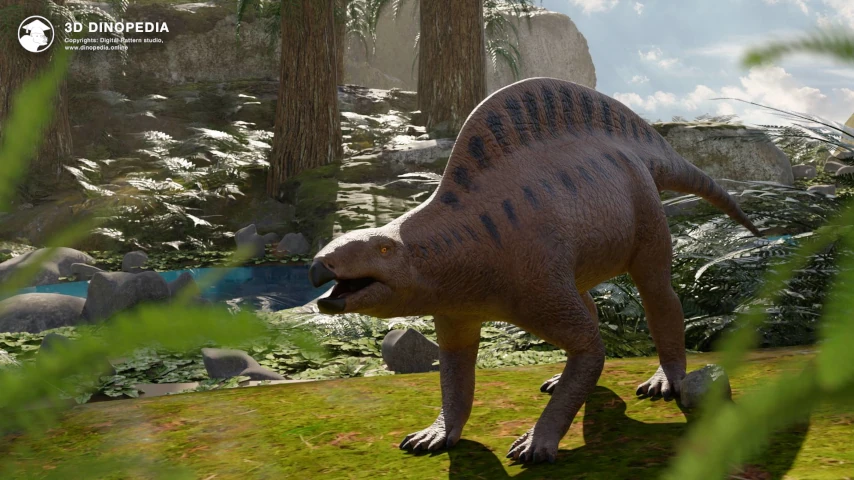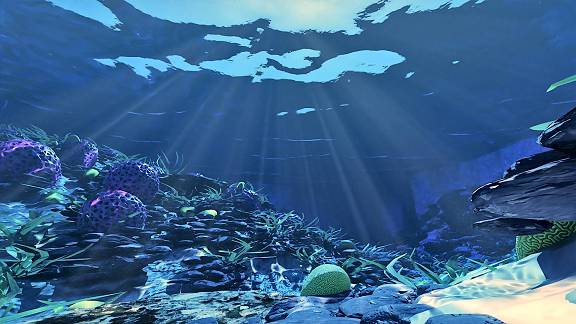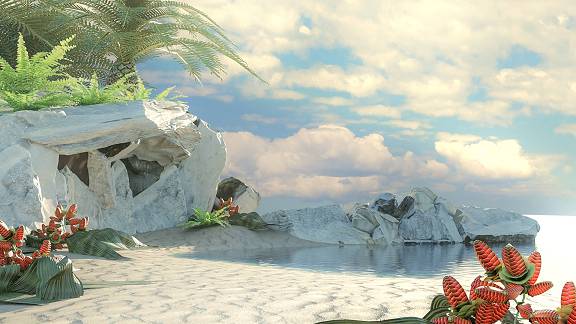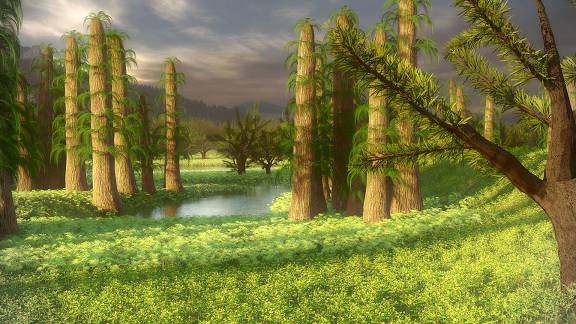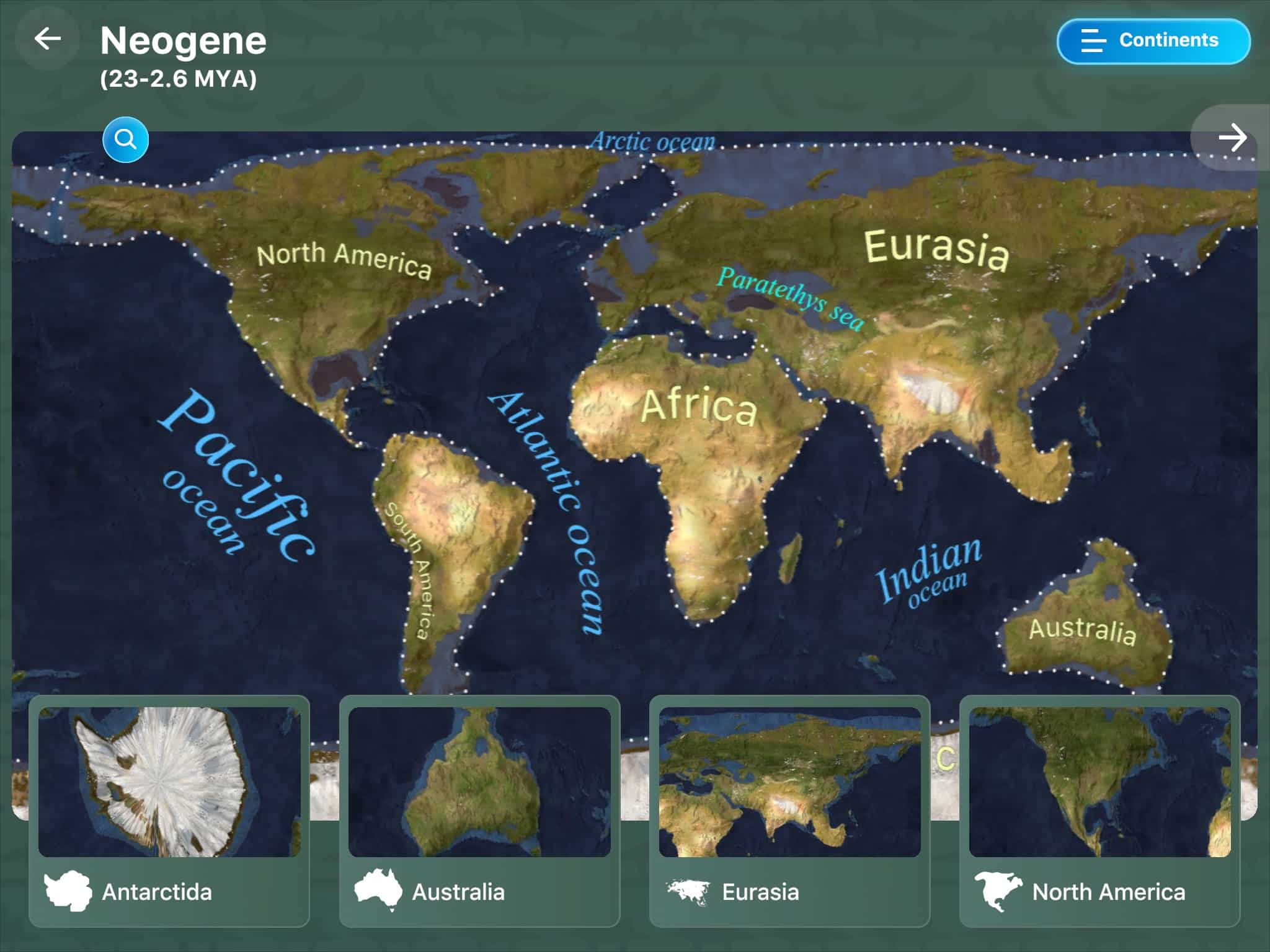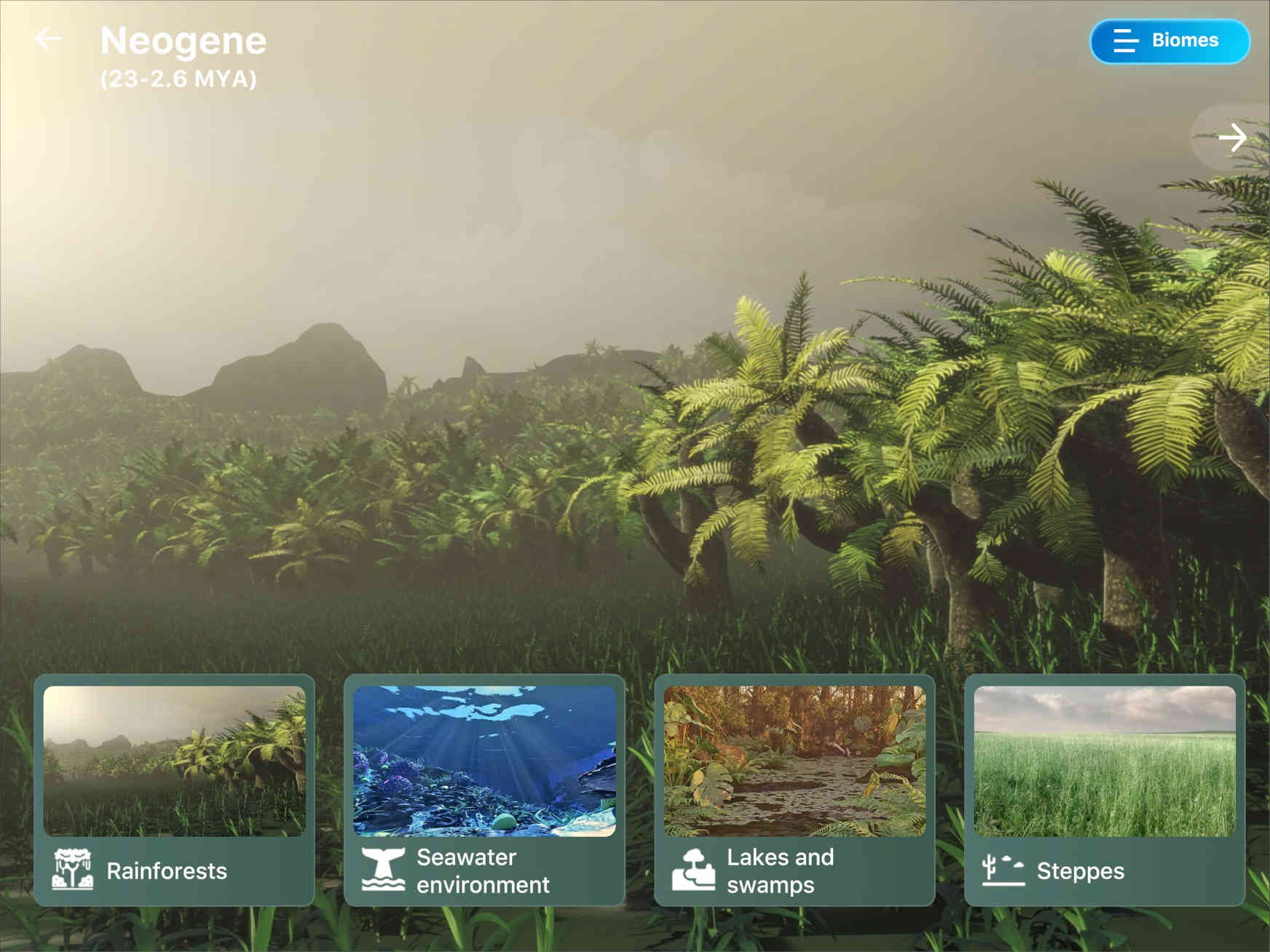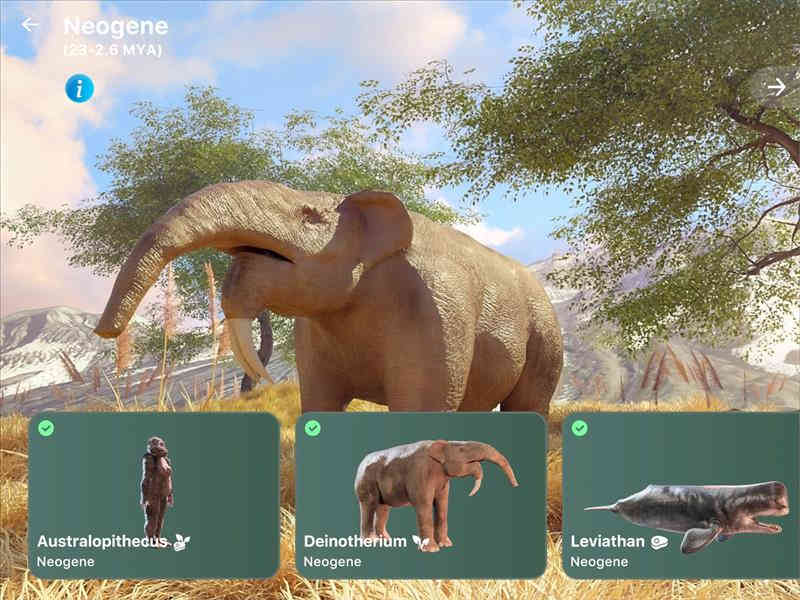Lakes and marshes
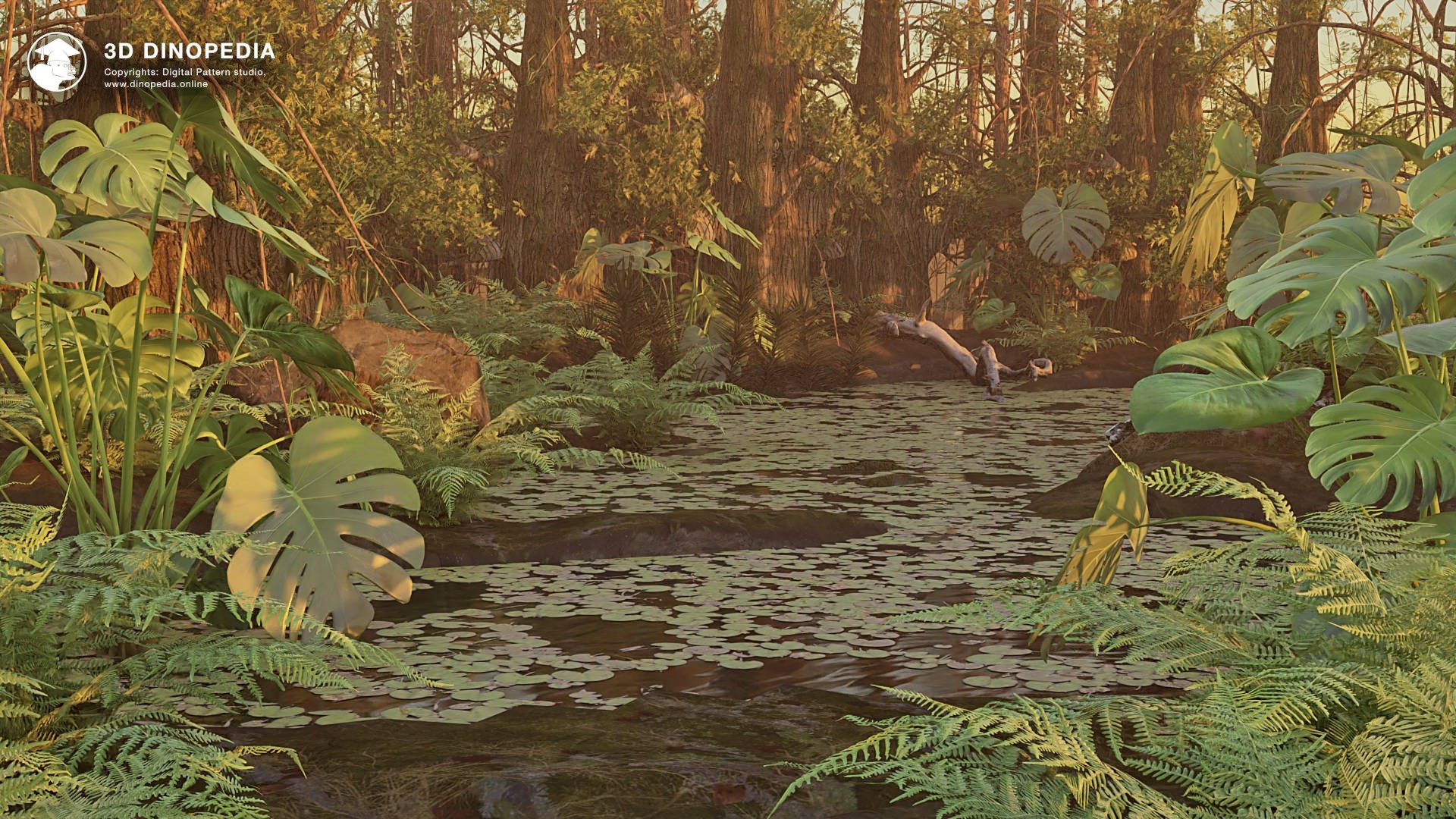
Lakes and marshes represent a special community of living organisms. Aquatic inhabitants stand out for their ability to live in stagnant water with a high content of organic matter. And the creatures that live on the shores of lakes and marshes are extremely moisture-loving. At the same time, soils near lakes, and especially marshes, are poor in minerals, which also creates certain difficulties for the development of flora.
During the Triassic period, lakes and swamps were abundant with horsetails, ferns, club mosses, and mosses. These plants today still prefer the most moisturized places, and some even grow in water. In addition to herbaceous forms, marshy areas were colonized by their tree-like relatives (for example, the fern Xylopteris and the horsetail Neocalamites).. Some conifers were also able to live on swampy soils (Telemachus).
Among the Triassic inhabitants of lakes, you could meet gigantic amphibians, for example, the largest labyrinthodont, Mastodonsaurus. This is n...
During the Triassic period, lakes and swamps were abundant with horsetails, ferns, club mosses, and mosses. These plants today still prefer the most moisturized places, and some even grow in water. In addition to herbaceous forms, marshy areas were colonized by their tree-like relatives (for example, the fern Xylopteris and the horsetail Neocalamites).. Some conifers were also able to live on swampy soils (Telemachus).
Among the Triassic inhabitants of lakes, you could meet gigantic amphibians, for example, the largest labyrinthodont, Mastodonsaurus. This is n...
 3D BIOMES
3D BIOMES
